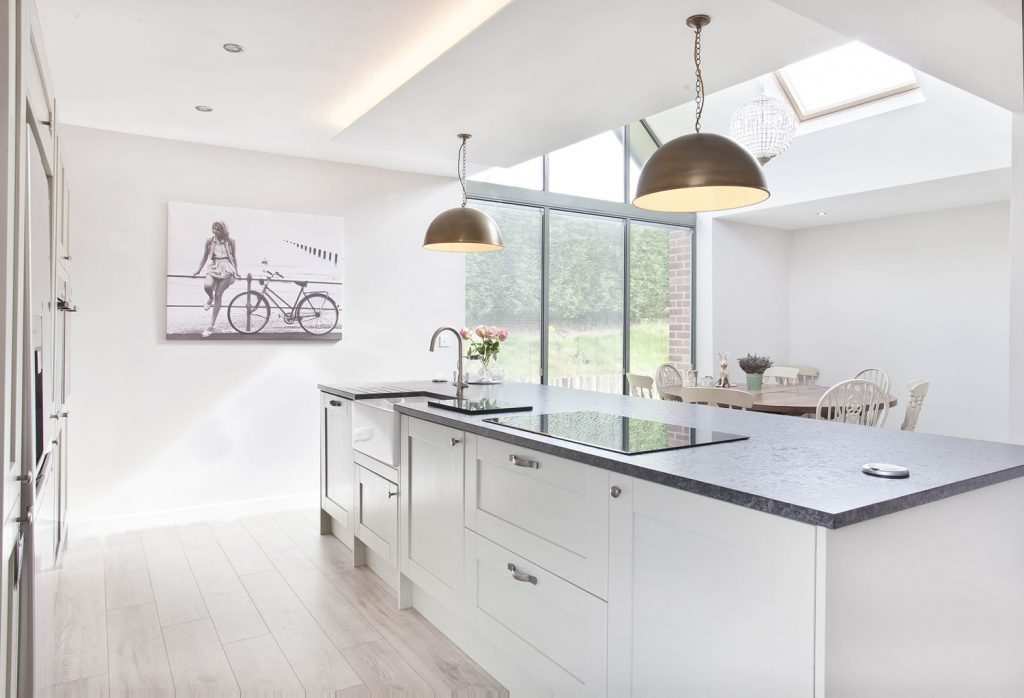Cost
Stone is a popular choice for chefs and homeowners who appreciate the look of natural stone without paying all of the associated costs. Although it is more expensive than other worktop materials, its high-gloss finish, variety of hues, low upkeep features, and durability make it well worth the money. Wood is frequently less expensive but may be easily damaged over time if used frequently, therefore it does not last very long before appearing worn. As a result, wood will probably have to be replaced on a regular basis, which makes it more costly in the long run than stone.
Maintenance
When you compare the regular upkeep needed for wood to the maintenance of stone, it’s far simpler and less onerous. The surface can simply be wiped clean using everyday washing-up liquid mixed with warm water and buffed with a clean cloth.
Wood, as opposed to other materials, must be regularly maintained using protective oils and waxes. Water can ruin the colour and stain wood surfaces, so it is important to avoid spills. When cleaning wood worktops, use only mild cleaners to prevent damage. And when cutting food, always use chopping boards in order to avoid scratches.
While some types of stone are non-porous, others are sealed and will not absorb even tough spills like vinegar, oils, and beetroot. This is good news for busy people because it means that stone worktops don’t require a lot of attention. In contrast, spillages on wood need to be cleaned immediately when they occur.
The only major repairs that may be necessary with stone are minor fractures or chips that might develop over time, but which can be readily addressed. This is extremely easy to repair and your worktop will not need to be replaced for at least a year.
Longevity
Stone countertops are not only beautiful but also highly resilient and durable, making them perfect for busy households. With a contemporary look that will stand the test of time, stone countertops deliver both style and function.
Although all kitchen environments vary, wood demands more attention in terms of care and upkeep when compared to harder materials like stone. For example, solid wood worktops might create a rustic vibe but they often need repairs down the line. These potential repairs may be costly and require replacements, which could lead to repetitive spending.
Conclusion
Stone worktops are a popular choice for chefs and homeowners who appreciate the look of natural stone without paying all of the associated costs. Although it is more expensive than other worktop materials, its high-gloss finish, variety of hues, low upkeep features, and durability make it well worth the money. Wood is frequently less expensive but may be easily damaged over time if used frequently, therefore it does not last very long before appearing worn. As a result, wood will probably have to be replaced on a regular basis, which makes it more costly in the long run than stone.
When you compare the regular upkeep needed for wood to the maintenance of stone, it’s far simpler and less onerous. The surface can simply be wiped clean using everyday washing-up liquid mixed with warm water and buffed with a clean cloth. Wood, as opposed to other materials like metal or glass, must be regularly maintained using protective oils and waxes. Water can ruin the colour and stain wood surfaces, so it is important to avoid spills – this might require extra vigilance if you have children or pets running around your house. Thus being said, it’s completely your choice what material you decide to go for your kitchen worktops.

